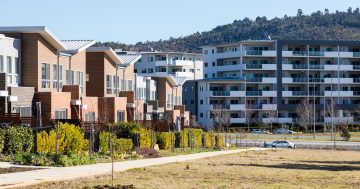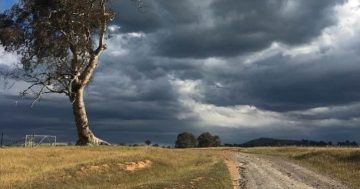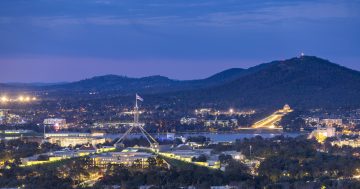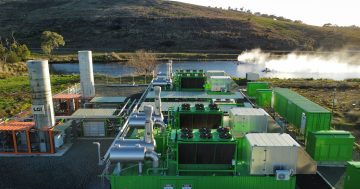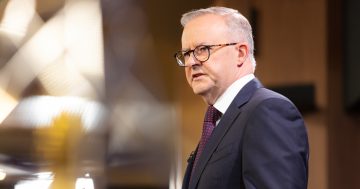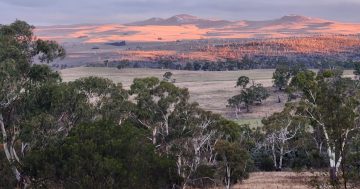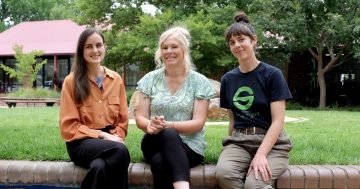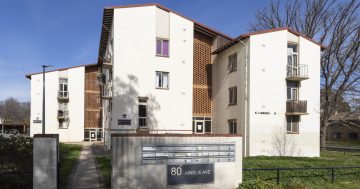
ACT has led the way on renewable electricity sources but transport is the next big challenge in cutting greenhouse gas emissions. Photo: Windlab.
Last Thursday, the ACT State of the Environment Report 2019 was tabled in the Legislative Assembly. The Report, produced every three to four years by the Commissioner for Sustainability and the Environment, Kate Auty, details how the ACT is performing on a number of environmental indicators, from climate change and energy, to biodiversity, water and waste, as well as our overall consumption as a community.
The Report provides a useful summary of what we are doing well, where we need to undertake further work and research, and highlights some fundamental challenges for us as a community if we are to be truly sustainable in our lives.
So how are we travelling, and where are the key challenges?
First, it’s clear that the ACT is a leader in taking action on climate change through its shift to 100 per cent renewable electricity. This target has now been met, and the Government has committed to increasing the supply of renewables to the Territory as consumption requirements increase.
This is important, as both population growth and increased “electrification” – that is, shifting away from transport and home energy fuels such as petrol, diesel and gas, to electricity – are likely to drive up demand for electricity in the next two decades.
The good progress on reducing emissions from stationary electricity sits starkly against the challenges that face Canberra to reduce emissions from other sectors, such as transport and natural gas, which between them now make up around 80 per cent of our greenhouse gas emissions.
Transport is the more challenging of these problems, and the Commissioner points to our “perennial attachment to the use of private motor vehicles” as being central to that challenge. Seventy-eight per cent of trips taken are by private motor vehicles and our uptake of public transport and active travel (walking, cycling etc) for our daily commute is low.
While a shift to electric vehicles (EVs) is one solution to reducing emissions (when using a renewable electricity supply) the Commissioner makes a valuable point when she says that “cars are less efficient at moving large numbers of people and so have greater impacts on the environment than public transport” and that “improving the uptake of public and alternative forms of transport, as well as increasing the number of electric vehicles” will be important.
For a city that is growing, and has targets to increase urban density, a one-for-one replacement of our private motor cars as we transition to EVs would be a bad outcome for congestion, livability and wellbeing. Luckily we are seeing a number of options for those who want to ditch their cars for their commute, including electric bikes which can make a 10 km commute up a gentle hill seem that much more manageable.
While we rate well on taking action on climate change, the Report is clear that the ACT faces significant risks associated with the impacts of climate change into the future: increased bushfire risk, reduced water flow, higher tree mortality, and more algal blooms.
As we have seen in recent weeks, the impact of fires against a backdrop of drought, can have devastating consequences for nature and for wildlife. The Report highlights, even before that fire occurred, that the ACT’s biodiversity faces ongoing pressures from urban development, and invasive plants and animals.
Perhaps surprisingly, while the Report rates the amount of natural vegetation we have in reserves as “good” there was far less clarity as to the quality of those habitats. One of the Commissioner’s overarching recommendations was that the ACT needs to develop a sustainable funding model for the “conservation of biodiversity, environmental protection, water management, the reduction of future risks, and citizen science initiatives”.
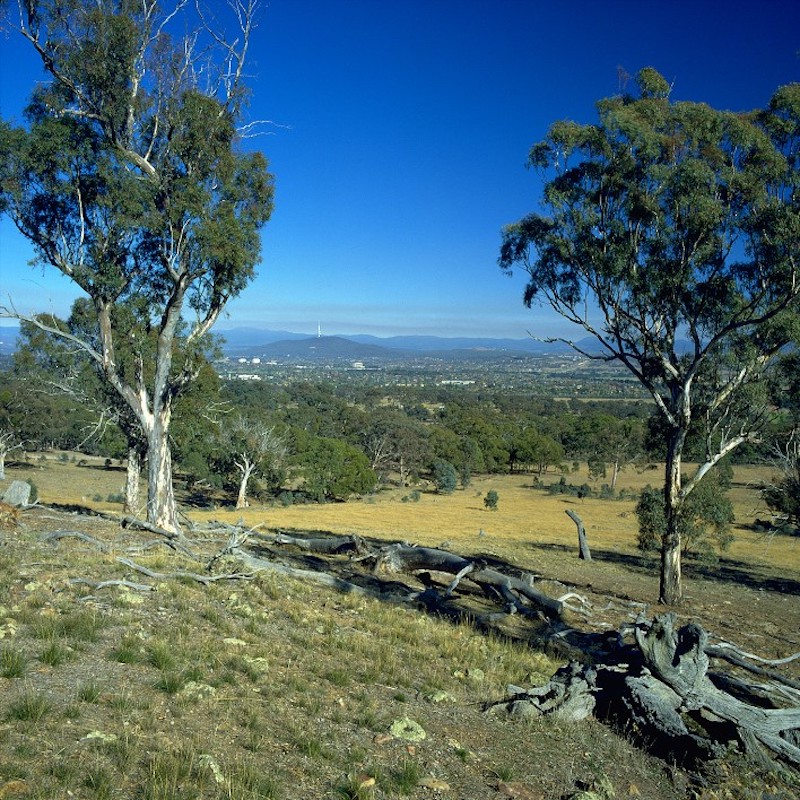
Report rates the amount of natural vegetation we have in reserves as “good” but there was far less clarity as to the quality of those habitats. Photo: Environment, Planning and Sustainable Development Directorate.
Funding for biodiversity and environmental management is not necessarily seen as exciting, but with the impacts of climate change putting additional pressure on biodiversity, the ACT Government will need to think seriously and strategically about how best to invest in not just maintenance, but also restoration of our grasslands, woodlands and riparian habitats.
Canberra’s population increases will continue to drive the need for housing and services, and so continue to put pressure on our nature and wildlife. But in addition to population growth, we must address our per capita consumption that indicates that as a community we are living unsustainably.
Every time we buy something, we need to account for the energy and resources that went into making the item, the energy used to transport it, and often, the need to dispose of it when it’s “done with”. It’s also important to remember that in general, “energy” equals “greenhouse emissions”, so as a community we are not actually “running on renewables” as long as we are consuming products manufactured outside the ACT and outside Australia.
The Report identifies that the ACT’s ecological footprint is “nine times the area of the ACT”, and household consumption is responsible for 70 per cent of that footprint. The predominant component of this footprint is identified as pasture for food – meat, milk and fibre. Energy, goods, services, shelter and mobility make up the bulk of the balance.
The concept of an ecological footprint is epitomised in Earth Overshoot Day. That is, when would the earth run out of resources if everyone lived the way we do? For Australia in 2020, that day is 20 March – not even a quarter of the way through the year.
High consumption is not just an ACT problem, but also a national problem, and it’s clear that until we start to consume less, and reduce, reuse and recycle more, we are not dealing with a substantial part of our environmental impact.
Unfortunately, we sometimes forget to account for the environmental impacts we have in other places, but the Commissioner’s report usefully breaks down what’s included in our ecological footprint in some detail.
You can read the full report of the State of the Environment, or a more digestible summary that provides an overview of key recommendations.
Helen Oakey is Executive Director of the Conservation Council ACT Region.












